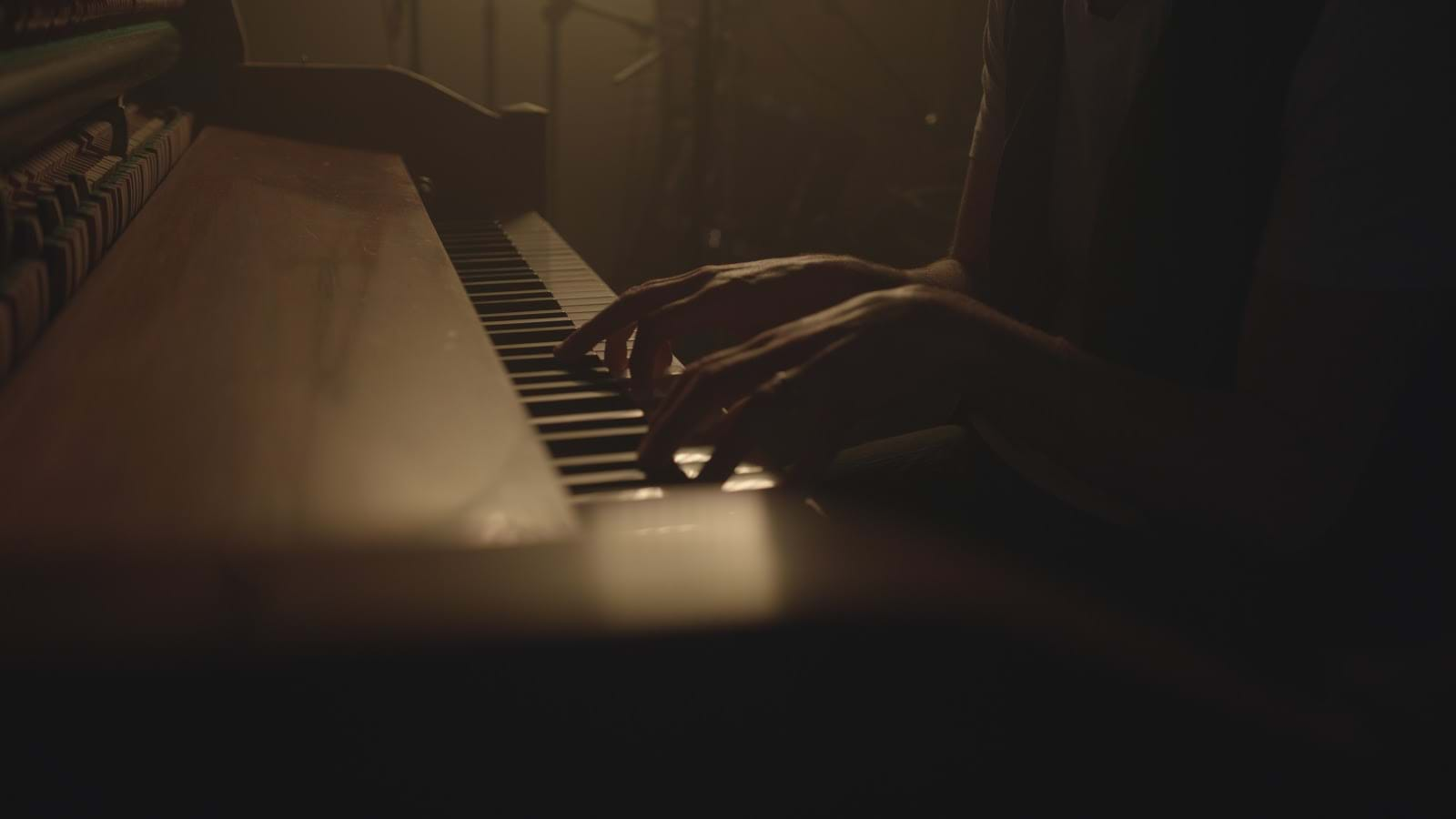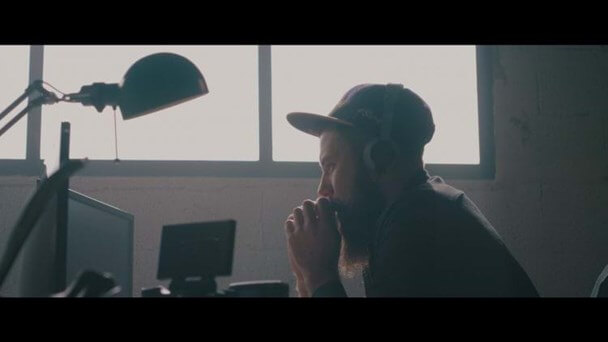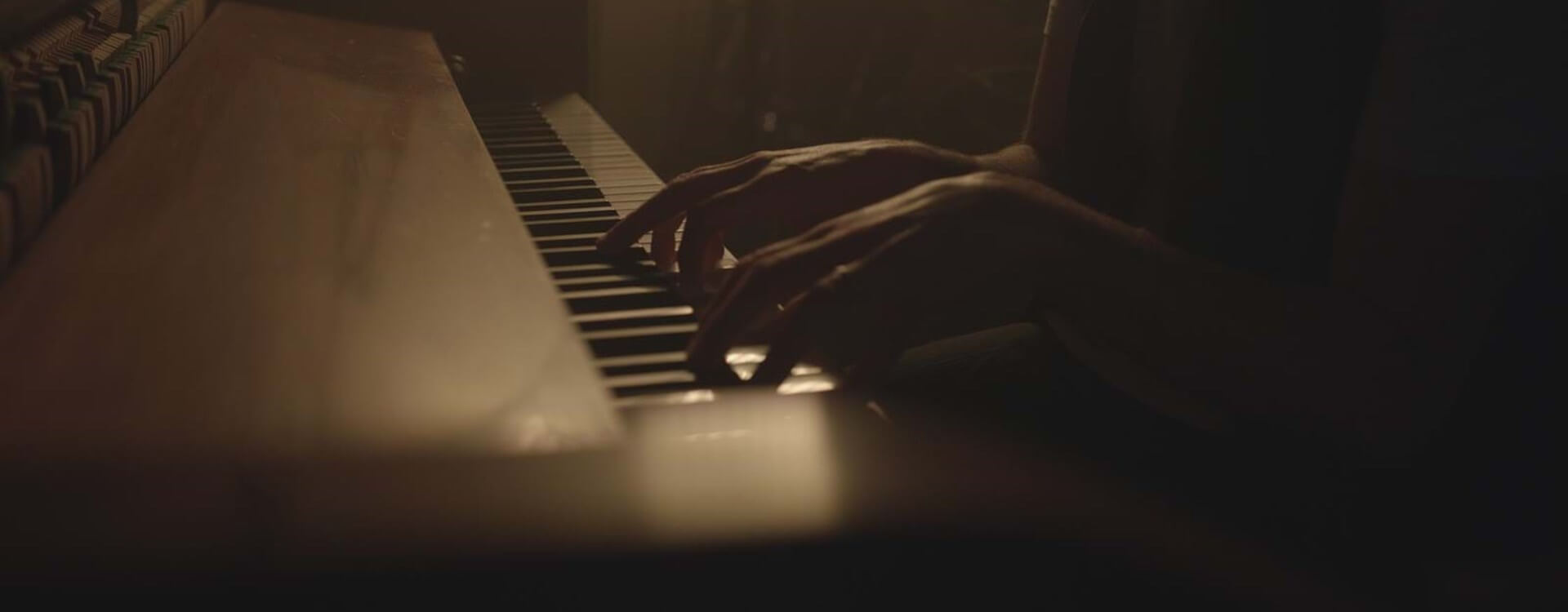Highlights
Table of Contents
Explore article topics
Which is the best option for you?
Music is the soul of your video, so it’s certainly not where you want to compromise on quality. Think of your favorite blockbuster action scene or a deeply emotional cinematic moment in a film. Now consider how much the soundtrack enhances its mood and impact. Let’s face it, without John Williams, the intro to Star Wars is some silly text and twinkling stars.
The perfect song can take your scene from good to great, so let’s look at some options when scoring your film.

First, some basics…
All intellectual property is owned by someone. Whether it is a song, a script or a picture, someone has the right to claim and control that content however they choose. So, unless you are a composer and produce your films’ music, you will need to get permission from the copyright owner to use that song in your film. Fortunately, most musicians are more than happy to have their songs in a great film – for a price – and it is this relationship between filmmaker and composer that has created the dynamic world of music licensing.
Since the days of Tin Pan Alley over a century ago, the rules have essentially stayed the same – Pick a song – Pay the Composer – Use the song. Simple, right?
But today the marketplace is global and more complex. The available music is nearly limitless and the means of acquiring legal use can be easy and affordable or time-consuming and expensive.
Get everything you need to create the perfect video
What are your options?
To get legal use of music for your video there are basically two options unless you compose it yourself – stock royalty-free music and traditional music licensing. The difference between the two comes down to price and quality. As in most things, you get what you pay for and generally, this applies to music as well.
The pros and cons…
Stock music represents the largest segment of the music licensing market. It is easily accessible in all types of styles and most importantly it’s cheap. For around $20-50 you can get a song for private or commercial purposes. With so many YouTubers, small businesses and personal filmmakers pumping out loads of videos, having cheap access to music is the only way to fit their budget.
The downside is that it is ‘stock music’ – mostly generic-sounding quick productions with not much artistic emotion in it and if you do find a great song then most likely it has been used thousands of times by other filmmakers. Stock music is certainly a way to prevent your project from being a ‘silent film’ if you are on a tight budget but your music’s “enhancement factor” will pay the difference.
The second option can be called “traditional” music licensing. This is where filmmakers purchase the right to use musical works directly from established musicians and composers. Generally, the quality and feel are dramatically superior to most ‘stock music’ tracks and the sound has a more genuine, unique and artistic character. You can clear the music usage by contacting the composer yourself or use one of the many sites and music clearance companies that have catalogs of great music and can help you with the negotiations.
The downside is you are going to pay dearly for it and the terms are far more restrictive. Licenses are generally issued for a single usage so you cannot reuse the song in multiple projects unless you pay again. If you are working on a big project with a respectable budget then this is the quality you want, but if your production output is fast and furious then the cost is probably prohibitive.

What’s best for the composers?
In today’s filmmaking reality ‘stock music’ has come to dominate the industry simply because the vast majority of films are done on a shoestring budget. Sadly, this has limited the available work for great musicians and lowered the quality of the music you generally hear in videos. However, there are forward-thinking companies like Artlist.io and others that have used subscription models to get genuine composers back in the game and give affordable music access to filmmakers. This is a leading trend as the music licensing industry finds new ways to meet the advances in video making and is so far looking very, very promising for today’s composers.
Break it down
We can sum up the options like this – if traditional licensing is a boutique wine & cheese shop, then stock music is the dairy aisle at the supermarket across the street. Which is right for you? It depends on who is coming to the dinner party and how many dinner parties you want to have.
Share this article
Did you find this article useful?
Related Posts
- By Artlist
- 15 MIN READ
Latest Posts
- 17 Apr
- By Daniela Bowker
- 7 MIN READ
